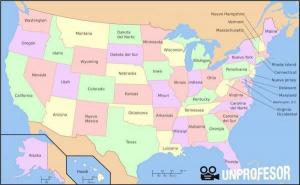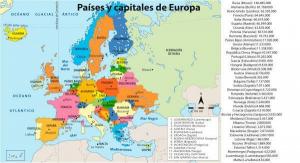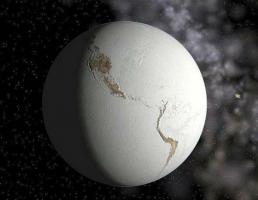Devonian Period: Main Characteristics and Summary
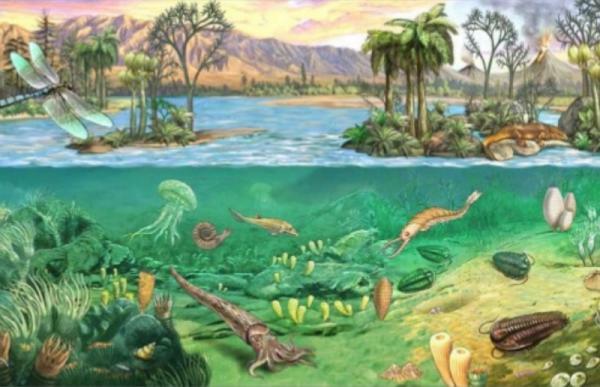
Image: Slideshare
Prehistory is one of the most important periods of our planet, since in it the natural evolutions that created the surface in which we live today took place. Prehistory is very broad, being the stage in which we still did not have written sources, and therefore both ranges from the first terrestrial movements to the appearance of homo sapiens capable of to write. One of the most forgotten stages, due to its distance from human beings, is the Devonian and, therefore, in this lesson from a PROFESSOR we are going to talk about the Devonian period and its main characteristics.
Index
- What is the Devonian period?
- Devonian period divisions
- Devonian main characteristics
What is the Devonian period?
The Devonian It's one of the periods of the Paleozoic Era, which is divided into up to 6 stages, and being the Devonian the fourth of these, being after the Silurian and before the Carboniferous. The Devonian is named after Devon, an English city located on the Cornish Peninsula, for being the place where the period was discovered by Roderick Murchison and Adam Sedgwick, in 1839.
Regarding the chronology, we can place the Devonian between about 417 million years ago and about 354 million years ago. It should be taken into account that these figures are totally approximate, since to measure the years the different soil levels, and that may mean that the start and end years may vary by a few million years.
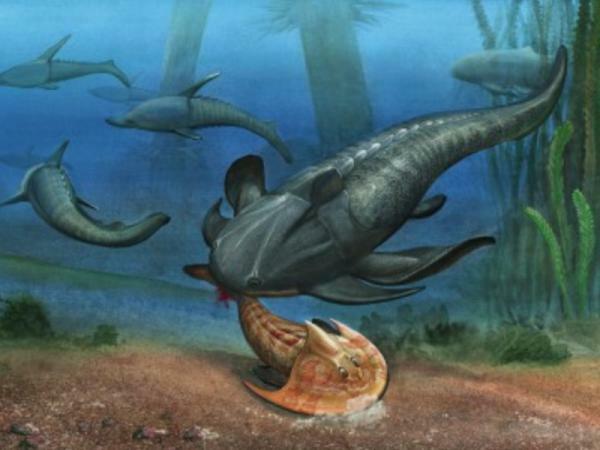
Image: The Pensante
Devonian period divisions.
Like all periods of prehistory, Devonian has a series of subdivisions, each one of them characterized by a series of their own elements, which makes them different from each other, and which serve to differentiate the different divisions. Total the Devonian period has three subdivisions, divided into 7 "floors".
Lower Devonian
Also called Early Devonian It is the first of the three stages in which the Devonian is divided, extending between 417 million years ago and 393 million years ago approximately. Its main characteristic is the appearance of the first ammonites, a species of mollusks that dominated marine fauna for millions of years. Within the floors that make up this period we can find the following:
- Lochkovian.
- Pragiarize.
- Emsian.
Middle Devonian
The central part of the Devonian, being situated between about 393 million years ago and about 382 million years ago. The main characteristic of this period is a climatic change in the waters, which caused a decrease in the jawless fish and a greater number of jaw fish. As for their floors, they are the following:
- Eifelian.
- Givetian.
Upper Devonian
Also called Late DevonianIt is the last of the parts in which the Devonian is divided, being adjacent to the Carboniferous. It was situated between 382 million years ago and 372 million years ago approximately. Its main characteristic is that during these years the first forests appeared. In how many of its subdivisions we find the following:
- Frasnian.
- Famenian.
Main characteristics of the Devonian.
To conclude with this lesson on Devonian Period and its main characteristics, we must talk about the most important elements of the Devonian, to understand what makes this stage of the Earth's Prehistory different. The Devonian main characteristics are as follows:
- The world was divided into continents of Gondwana, Siberia and Euroamerica. During the millions of years that the Devonian Gondwana lasted and the union of Siberia and Euroamerica (called Laurasia) they were approaching little by little.
- It was one of stage of great diversity and of an enormous evolution, appearing a great quantity of new species and evolving the already existing ones to more advanced ones.
- The seas were the area of greatest evolution, with the appearance of new species that dominated marine life for millions of years. It was one of the last stages in which marine fauna evolved more than terrestrial fauna, with most of the important prehistoric marine species being born.
- The Coral reefs they achieved a great development, emerging many types of corals and sponges that changed the seascape.
- The fish evolved, especially increasing the species with teeth, and the large ones that became the kings of the sea. Some of these were the first sharks and bony fish, being those animals that would populate the seas in later centuries.
- The first species of land animals, the first of them being amphibians, and later water species that adapted to life on the earth's surface. By this we can understand the great importance that marine species had, since the ancestors of the great dominators of the Earth were born from their evolution towards the land.
- The seed plants they had a great expansion, populating the surface of the Earth with great forests. Forests had not existed until this time, but the appearance of so many seeds caused the landscape of our planet to change rapidly, although it was not yet as forested as it is today.
- As a general rule, the climate in this period was warm, humid, and with a lot of rain.
- One of the most important moments of this time was the Devonian mass extinction, being an event that happened at the end of the stage in which a large number of species became extinct, around 80%. It should be taken into account that marine species were more affected than terrestrial ones.
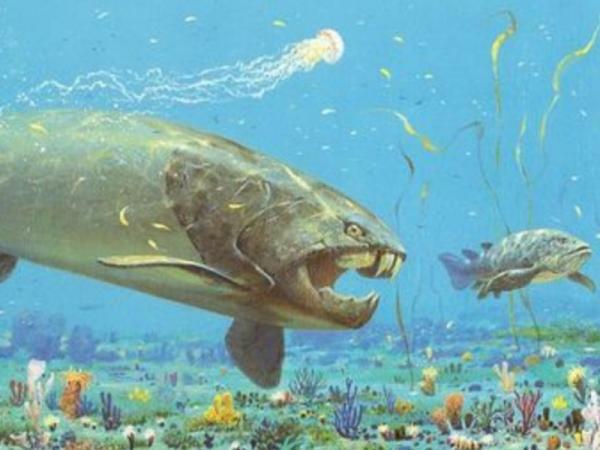
Image: Taringa
If you want to read more articles similar to Devonian period: main characteristics, we recommend that you enter our category of Story.

